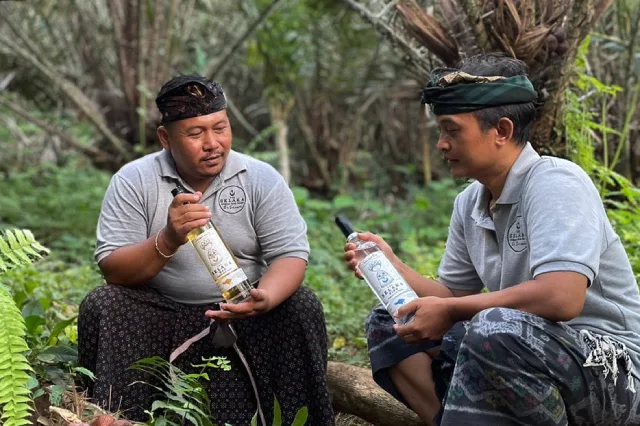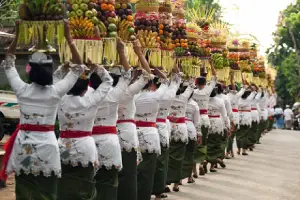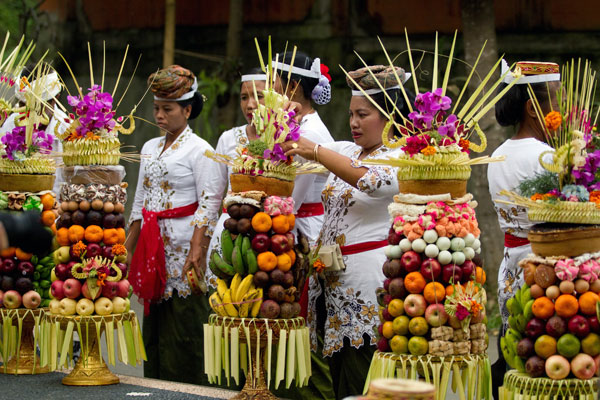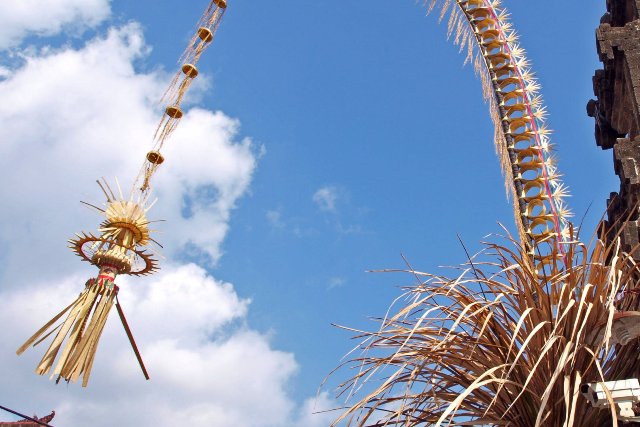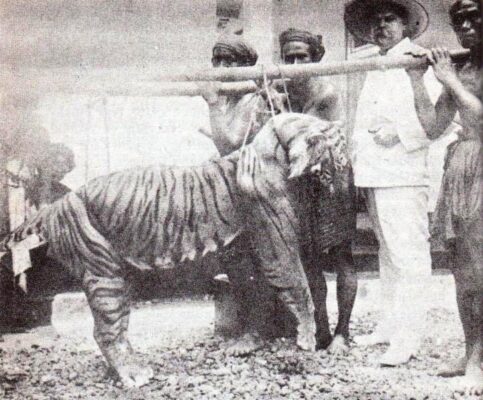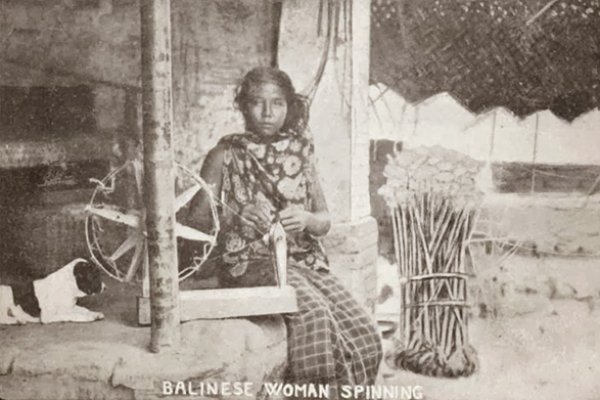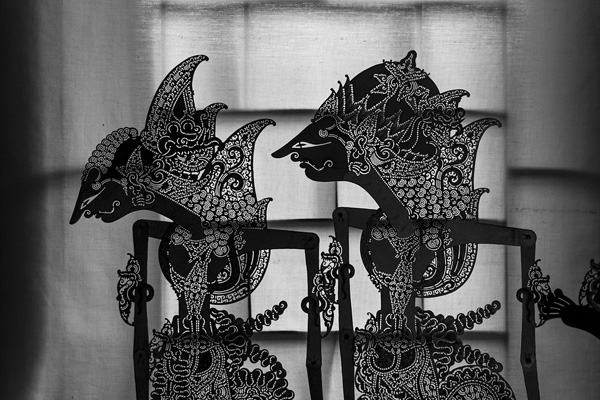Things to Do in Bali
Galungan: Bali’s Spiritual Celebration of Good Over Evil
Galungan is one of Bali’s most important religious festivals, embodying the spiritual essence of the island and showcasing the rich cultural heritage of its people. This Hindu celebration marks a time when the spirits of deceased ancestors return to visit their former homes, and the Balinese welcome them with elaborate rituals and offerings. The festival symbolizes the victory of dharma (good) over adharma (evil), reflecting the spiritual values deeply ingrained in Balinese Hinduism.
2024 Dates: Galungan Festivities from 24th until 26th of September 2024. On 5th of October 2024 Galungan ends with Kuningan.
The Significance of Galungan
The festival occurs every 210 days, lasting for 10 days, and culminates in Kuningan, another significant day when the spirits return to heaven. During Galungan, Bali transforms into a vibrant tableau of decorated streets, homes, and temples. Penjor poles, made from bamboo and adorned with coconut leaves, fruit, and flowers, line the roads in a spectacular display, symbolizing prosperity and the bounty of the earth.
Rituals and Celebrations
Galungan begins with various rituals, among which the most significant are the preparation of offerings and the penjor. Families gather to create “banten,” or offerings made of palm leaves, flowers, and food, dedicated to the gods and the returning spirits. These offerings are placed in family shrines, at the entrances of homes, and in public temples.
Temples, the epicenters of celebrations, are alive with communal prayers, music, and dance performances. The Balinese wear traditional attire, and the air is filled with the scent of incense and the sounds of gamelan orchestras. This period is not just a time for religious observance but also a moment for families to reunite and celebrate the community’s collective faith and heritage. It’s a time to celebrate and unite the family for prayers.
Unique Aspects for Tourists
For tourists, Galungan offers a unique insight into the spiritual and cultural life of Bali. The festival provides an opportunity to witness the island’s devotion to traditional practices and the communal spirit that pervades Balinese Hinduism. Visitors are often struck by the beauty of the penjor and the elaborate offerings, as well as the openness with which the Balinese share their cultural and religious practices.
During Galungan, tourists can expect to see ceremonies and rituals that are not commonly observed at other times of the year. Participating in or observing the preparations and celebrations is a privilege, offering a deeper understanding of the island’s culture and the importance of religion in daily life.
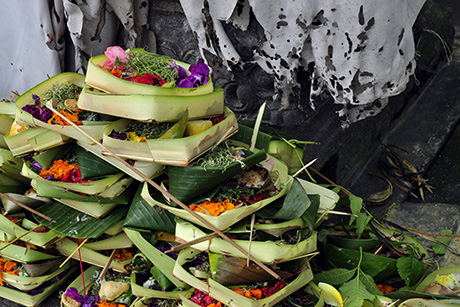
Engaging with the Galungan Festival
While Galungan is a deeply religious event, tourists are welcomed to observe and, in some cases, participate in the festivities. It is important for visitors to approach the celebrations with respect and sensitivity towards the cultural and spiritual significance of the rituals. Dressing modestly when attending ceremonies, asking permission before taking photographs, and showing appreciation for the opportunity to witness these moments are all ways in which tourists can engage respectfully with the Hindu festival.
Galungan is a testament to Bali’s enduring cultural traditions and its people’s devotion to their spiritual beliefs. For those fortunate enough to be on the island during this auspicious time, Galungan offers a captivating and enriching experience, providing a glimpse into the soul of Bali.
Kuningan
Kuningan marks the end of Galungan; the time when the ancestor spirits leave the island to return to their heavens above. Special offerings such as yellow rice are prepared (Kuningan is derived from the word kuning, which means yellow) and placed together with fruit and flowers in a small bowl made out of coconut leaves. The offerings stand as a symbol of gratitude for all that life has given in happiness, health and prosperity. It is believed that the ancestor spirits will ascend at midday and all special blessings and offerings should therefore take place before noon.


















